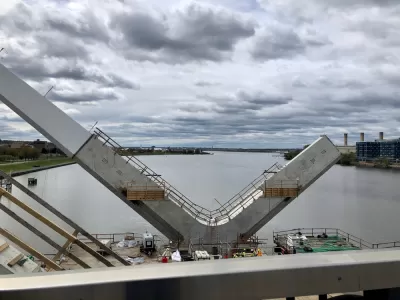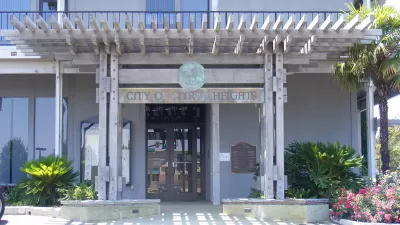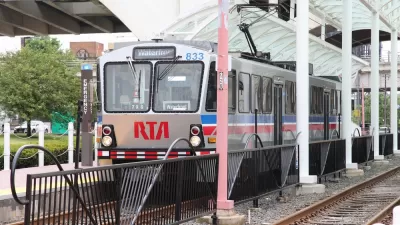A wonky policy tool can have significant effects on how public and private money is spent.

Writing in Vox, Kelsey Piper explains an obscure policy tool, set by the federal Office of Management and Budget (OMB), whose impacts can reverberate across generations. “The discount rate basically tells us how to value the future versus the present — and thus has tremendous implications for the policies we enact today,” Piper writes.
High discount rates mean that we, as a society, are willing to trade off the future for the present: that we’ll generally prefer policies that benefit us now over policies with long-term benefits that won’t be realized immediately. Low discount rates mean that we, as a society, are willing to make investments that won’t be realized for a long time.
By proposing to lower the discount rate from 3 percent to 1.7 percent recently, the OMB is essentially putting more value on future returns. According to Piper, this small change could have a major impact on how money is spent. Piper uses carbon as an example. “Just a small shift to a lower discount rate significantly changes what trade-offs we are willing to make — because with a lower discount rate, we care more about the effects of carbon on the world our grandchildren live in.”
See the source article for a detailed explanation of how the discount rate works and other new information in the OMB’s recent analysis.
FULL STORY: The one number that determines how today’s policies will affect our grandchildren

Study: Maui’s Plan to Convert Vacation Rentals to Long-Term Housing Could Cause Nearly $1 Billion Economic Loss
The plan would reduce visitor accommodation by 25,% resulting in 1,900 jobs lost.

North Texas Transit Leaders Tout Benefits of TOD for Growing Region
At a summit focused on transit-oriented development, policymakers discussed how North Texas’ expanded light rail system can serve as a tool for economic growth.

Why Should We Subsidize Public Transportation?
Many public transit agencies face financial stress due to rising costs, declining fare revenue, and declining subsidies. Transit advocates must provide a strong business case for increasing public transit funding.

How to Make US Trains Faster
Changes to boarding platforms and a switch to electric trains could improve U.S. passenger rail service without the added cost of high-speed rail.

Columbia’s Revitalized ‘Loop’ Is a Hub for Local Entrepreneurs
A focus on small businesses is helping a commercial corridor in Columbia, Missouri thrive.

Invasive Insect Threatens Minnesota’s Ash Forests
The Emerald Ash Borer is a rapidly spreading invasive pest threatening Minnesota’s ash trees, and homeowners are encouraged to plant diverse replacement species, avoid moving ash firewood, and monitor for signs of infestation.
Urban Design for Planners 1: Software Tools
This six-course series explores essential urban design concepts using open source software and equips planners with the tools they need to participate fully in the urban design process.
Planning for Universal Design
Learn the tools for implementing Universal Design in planning regulations.
City of Santa Clarita
Ascent Environmental
Institute for Housing and Urban Development Studies (IHS)
City of Grandview
Harvard GSD Executive Education
Toledo-Lucas County Plan Commissions
Salt Lake City
NYU Wagner Graduate School of Public Service





























